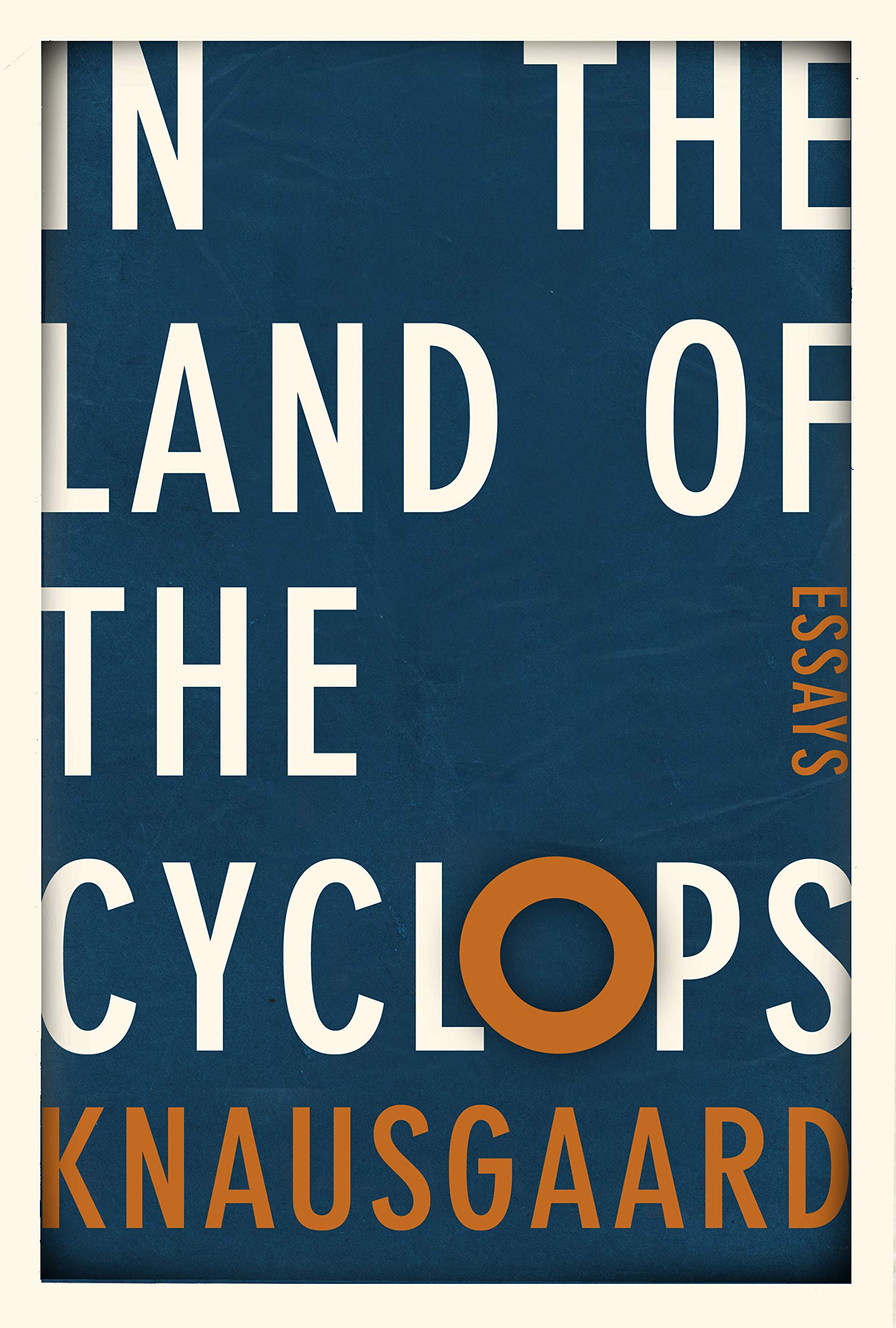What do you think?
Rate this book


285 pages, Kindle Edition
First published October 15, 2018
To be called a paedophile in the cyclopes’ biggest newspaper is not a pleasant experience. It’s not the end of the world, of course, and it is a legitimate opinion, but it came from a professor of literature, and there’s no other country I know of where literature professors call their writers paedophiles and tell them what they should and shouldn’t write about. That could only happen in the land of the cyclops.
When August Strindberg placed his camera on the ground and let it take pictures of the clouds in the sky, it was that progression he was pursuing and trying to complete, towards the world beyond the human world, the way it is in itself, seen by the soulless eye. With that, the purging of the heavens that had been going on for at least a hundred years was achieved: the clouds were not painted, not composed, not even seen, merely registered by a mechanical apparatus without will or thought, a machine for the recording of the most willless, thoughtless and arbitrary entities imaginable: formations of cloud. In this a place emerges, but it is not the world without human presence, for the world is not something that is, but something that becomes, and all pictures of the world as it is are thereby utopian in the original sense: they are nonplaces. Which is to say, art.
That the world with which we are so familiar is a meticulous construct, and that the connections we take to be so obvious are in fact arbitrary, is something all visual artists and photographers know, for it is the resistance they encounter when they work, the weight that must be lifted. Any photograph involves selection, the focus on something deemed important, and in this lies an element of compulsion. In photographic art, that selection involves artistic proficiency, and such proficiency, which is preexistent, is determinative of what may be seen. How can we see beyond it? The compositional process and all its various choices mean inevitably that the photographer becomes part of the picture. How can we get beyond that?
“What if we got rid of television? The Internet? It would give us back our sense of place, but also our pain, and for that reason it’s a nonstarter, absence of pain being what we strive for and have always striven for, this is the essence of modern life. It’s why we live in the image of the world rather than in the world itself.”